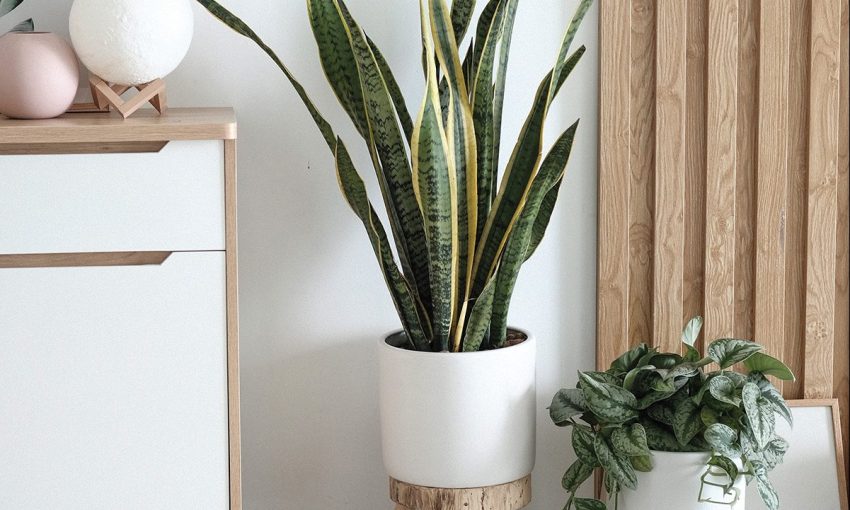Indoor plants have long enjoyed a renaissance, whereby they now sit as a necessary component of our modern-day living spaces. Here are the expert tips to keep your indoor plants flowering in the colder months.
Follow the sunlight
What’s beautiful outdoors, could spell disaster for your indoor plants and if your indoor plants are also dropping leaves or yellowing, it’s definitely not a good sign.
The cooler months can bring many challenges for our indoor plants. But with some preparation and a game plan you can make sure your plants are living their best lives no matter the season. So how can we keep our indoor plants flourishing?
Sunlight
As the seasons change, so does the position of the sun and the hours of available daylight each day. So, when it comes to your indoor plants, the number one rule is to follow the sunlight. Each plant may have different light requirements, but most will require bright, indirect light, which means you may have to move your plant closer to a window to ensure it is getting the light it needs.
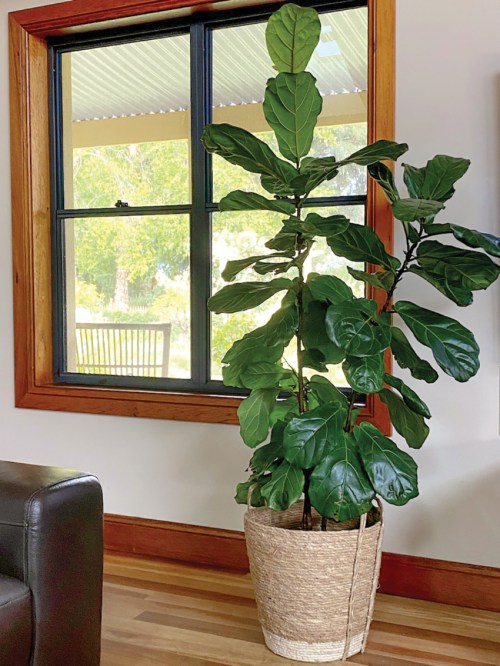
If your plant isn’t receiving enough light, you may notice it turning pale green or even yellowing because it isn’t producing enough chlorophyll (the pigment that turns plants green). Your plants may also start to stretch while looking for light, or their leaves may begin to drop off entirely so the plant can preserve its energy.
If your home doesn’t allow for a lot of natural light, then using a grow light may prove beneficial. These lights can work very well for simulating foliage and root growth and are a great addition for low light situations.
Otherwise, there are also many plant varieties available that can tolerate the ever-changing light conditions throughout the year: look out for zanzibar gem, aspidistra and spathiphyllum.
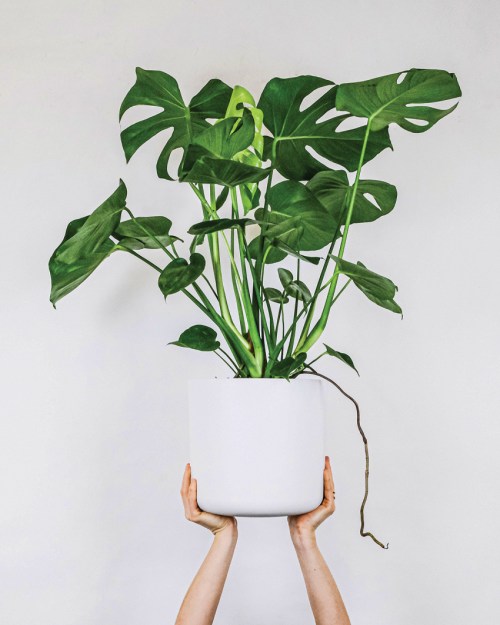
Fertiliser
It’s important to remember to fertilise your plants and replenish their supplies, but be careful not to over- or under-do it, as this can cause future issues.
As the weather cools, your plants begin to enter dormancy and will require less frequent feeds. Depending on the fertiliser you use, how often you apply it may vary, but a good rule of thumb is to time it with the start of every season.
A mix of slow release and liquid fertiliser is best. I recommend using “We the Wild” products, because they are Australian-made and 100 per cent organic.
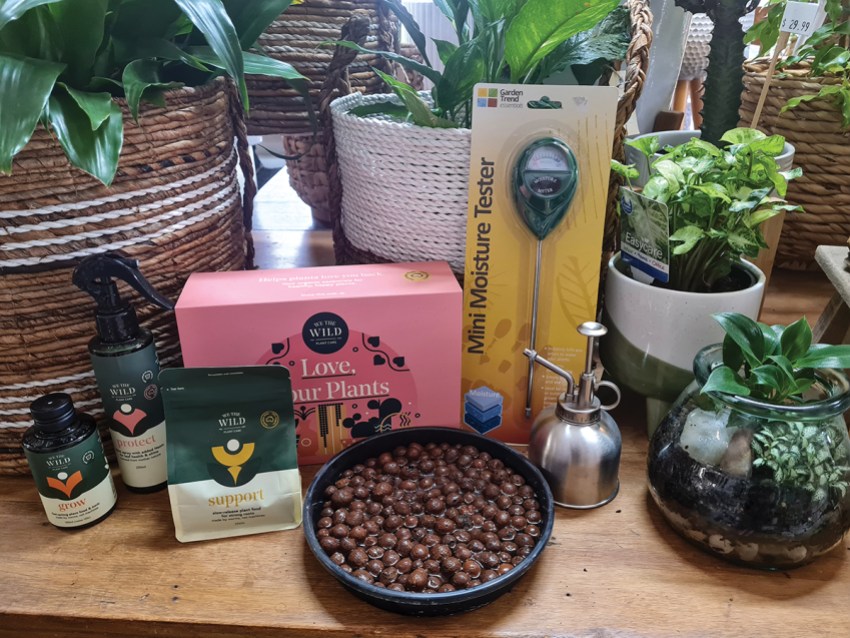
Pests and Diseases
Pests and disease can strike at any time of the year. While you are re-learning the pattern to watering your plants, it is important to keep an eye out for any unwanted guests. Fungus gnats, mealybugs and spider mites are all pests that thrive on our indoor plants.
Fungus gnats and mealybugs thrive in moist, over-watered soil conditions, while spider mites are likely to be found in plants that are drier or have been under-watered. The commonality is they’re usually found on plants with high levels of nitrogen, because this is what these pests crave, and it’s why they favour the new growth especially.
So, prevention is key. Monitor your soil conditions carefully and when watering, allow your soil to drain completely. When buying new plants, check them for issues first and be sure to quarantine any new arrivals, to avoid accidentally introducing pests to the rest of your plants.
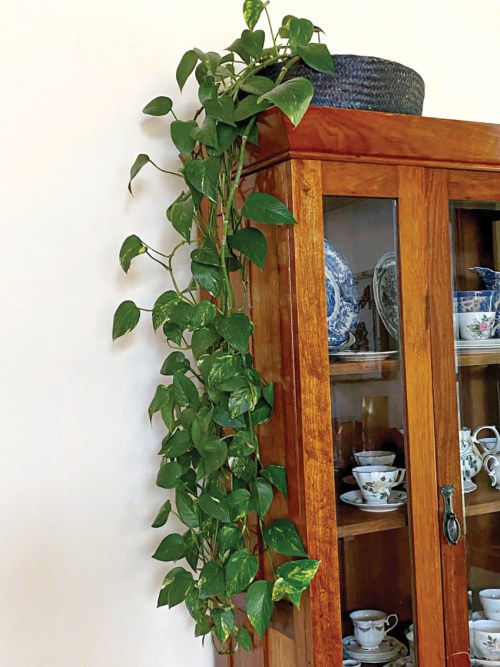
Root rot is also a big risk for your plants in cool weather. You may be at risk of over-watering, or if you are worried about doing that, you may be tempted to under-water your plants, but that too would be a mistake. The best choice would be to carefully monitor your plants and soil conditions and water as required rather than having a set day.
Using a moisture-meter tool is the perfect way to get a quick and accurate read of the water levels of your plants and will save you the hassle of guessing.
Temperature and Humidity
As the temperature changes, so do your plants’ requirements to remain in top condition. Most indoor plants require a warmer, humid environment, like the one they would typically find in their natural habitats. You can achieve this at home by increasing the humidity that surrounds your plants: do this by spraying mist regularly, installing a humidifier, or even using pebble trays filled with water. A combination of all is an excellent way to ensure your plants’ humidity needs are met.
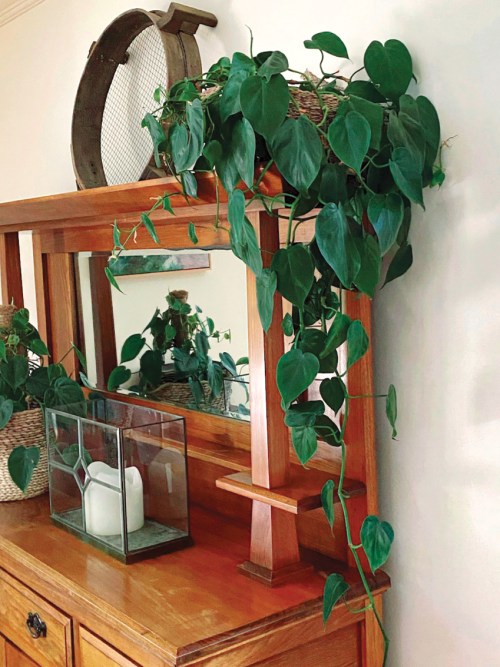
Maintenance
Regular plant care is vital throughout the year and is a great way for you to monitor any changes in your plants.
You should remove any spent leaves, so that they aren’t taking away valuable nutrients from the plant and make sure you clean the other leaves often. Over time, dust and debris can build up on the surface, blocking sunlight and making it harder for them to photosynthesise.
Using a neem oil on the leaves is a great way to not only make your plants look great, but it also acts as a pest preventative, which is a fantastic added bonus. Moving your plants away from heaters, air conditioners and any cold drafts is also important to helping them cope with the changing of season.
Whether you have a full indoor jungle like me or simply one or two indoor plants, a little extra care this autumn can ensure your plants enjoy a smooth transition into the cooler months, keeping them happy, healthy and flourishing now and into the future.
This article first appeared in the Autumn 2023 issue of SALIFE Gardens & Outdoor Living magazine.



